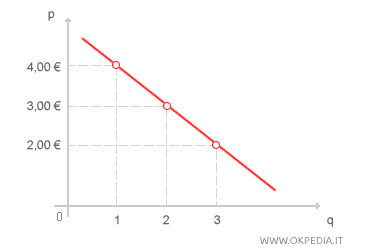Demand Price
The demand price is the amount an individual is willing to pay for a specific economic good. This price reflects the utility of the money spent matching the utility gained from the good. As the quantity of the good purchased increases, the demand price generally decreases due to diminishing marginal utility. The first unit purchased has the highest marginal utility, and thus, commands the highest demand price. Each additional unit provides less marginal utility than the last, leading to a lower demand price the individual is prepared to pay.

Consider an example of an economic need, such as thirst. The first glass of water has a high demand price; the individual is willing to pay more to satisfy the immediate need. However, the marginal utility of a second glass is lower, as some thirst has already been quenched. The third glass provides even less utility and therefore has a correspondingly lower demand price. This trend illustrates how the relationship between demand price and quantity purchased declines as more of the good is consumed.

Market Price. Unlike the demand price, which only considers the relationship between the quantity consumed and the price an individual is willing to pay, the market price reflects the point where supply and demand meet. It should not be confused with the demand price, as the latter is independent of market availability.
